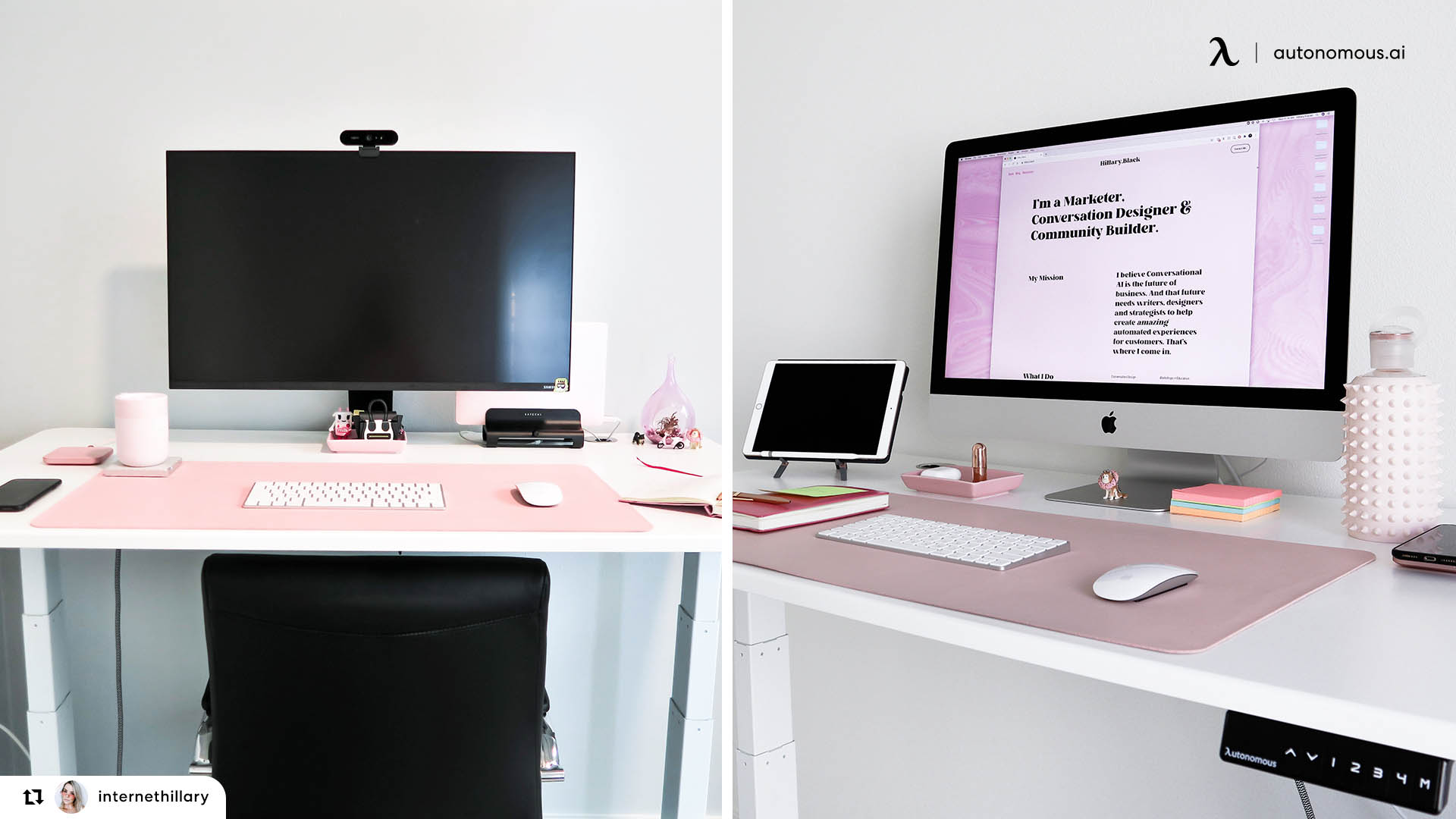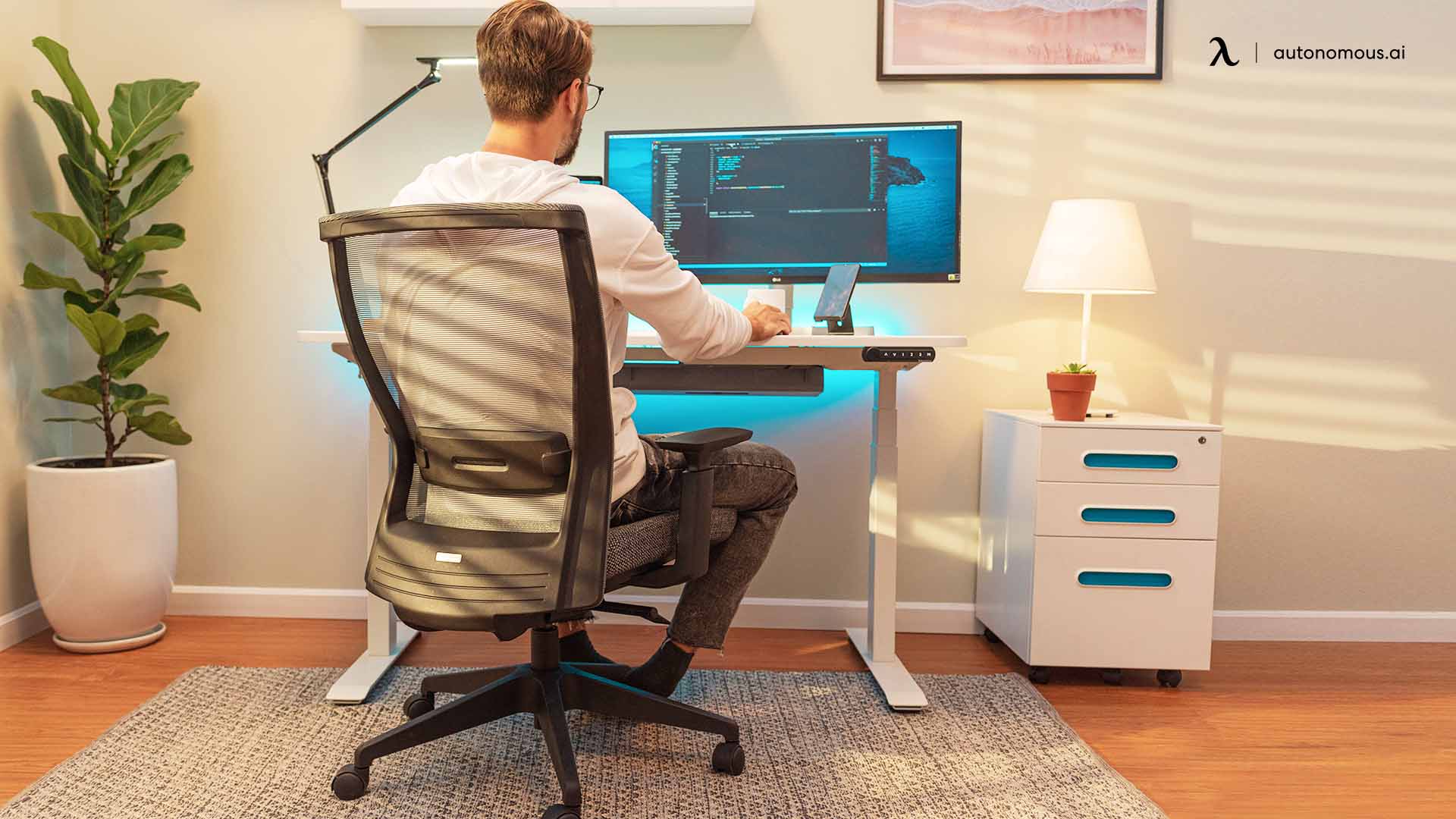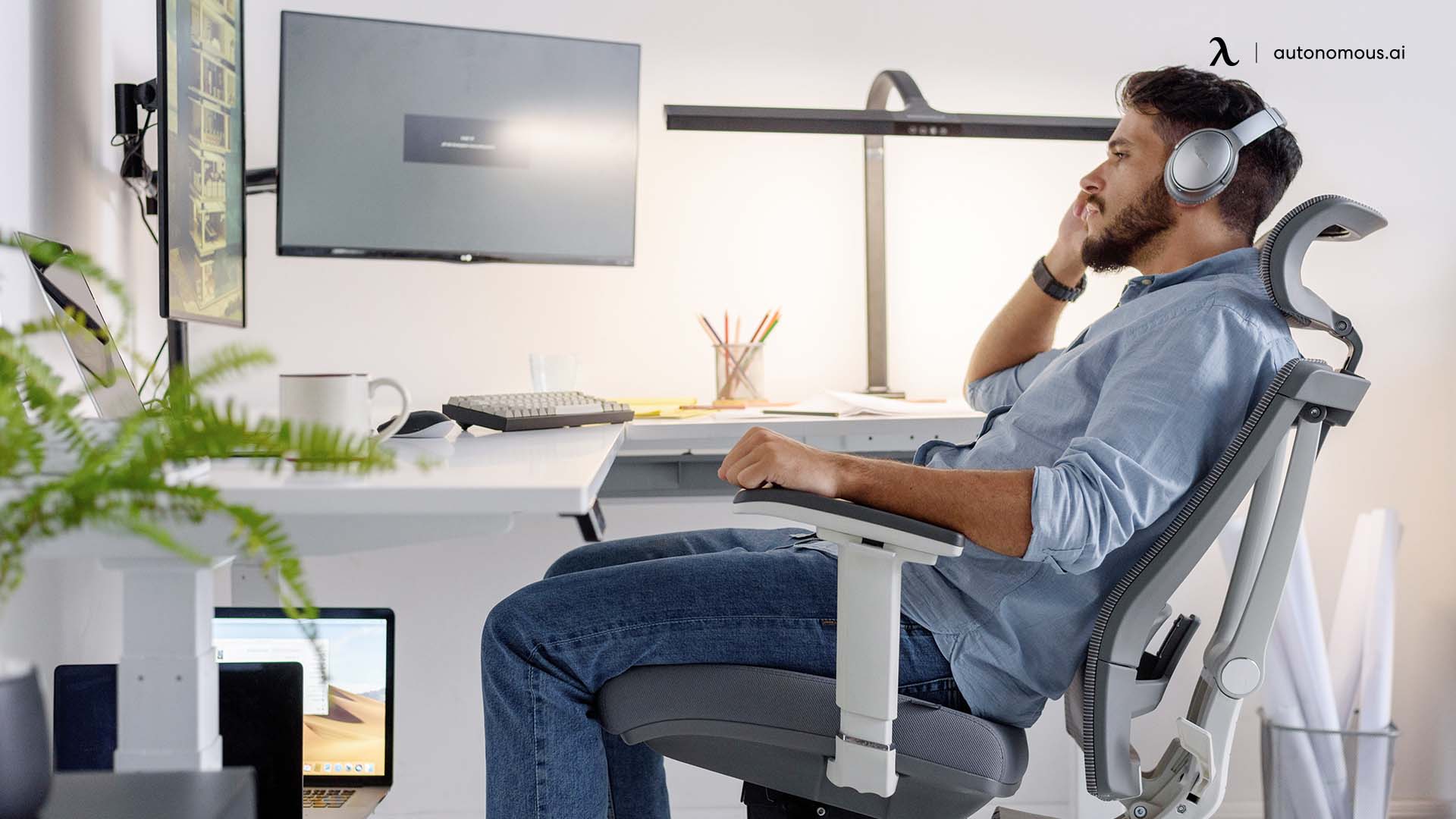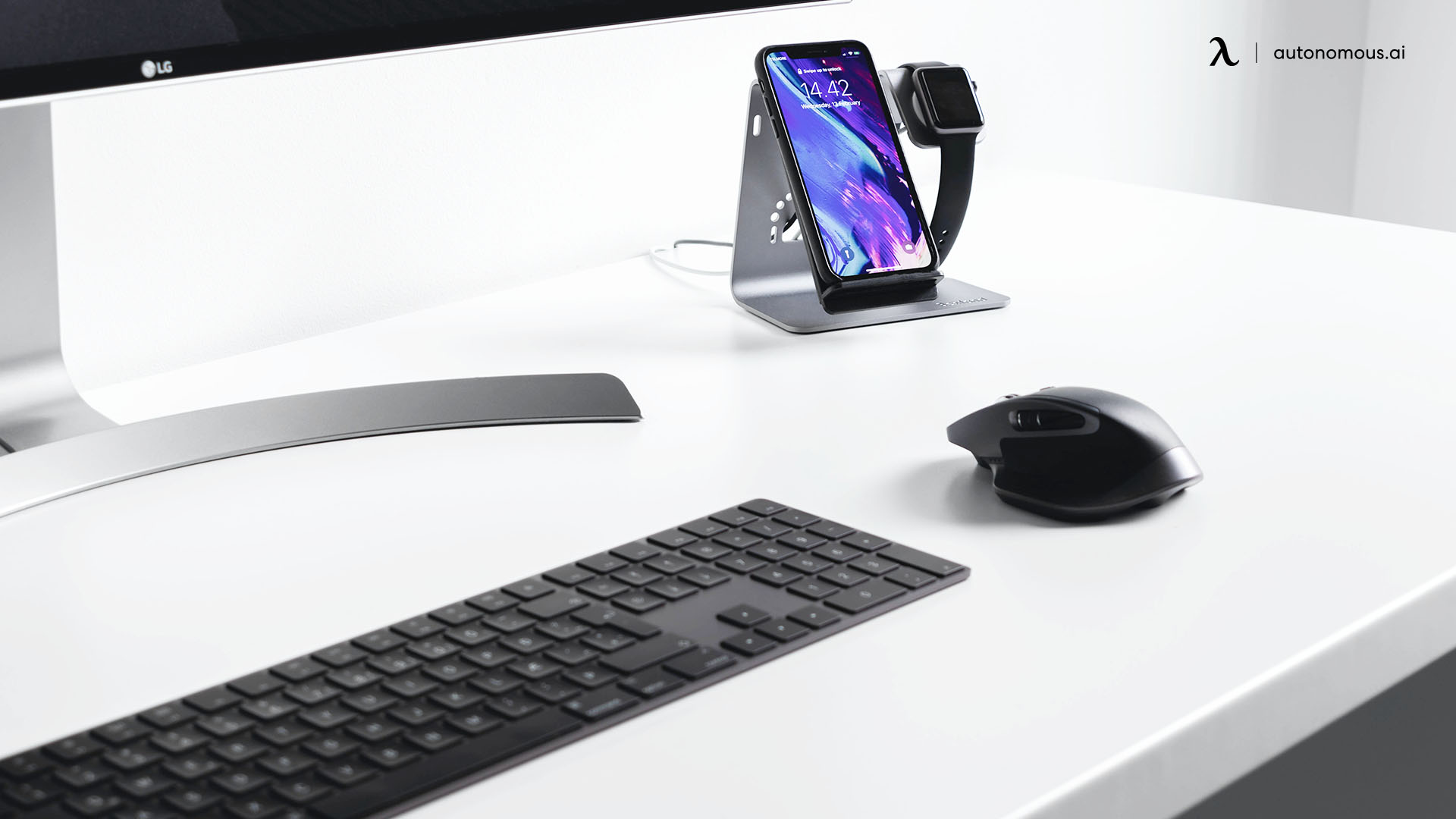/https://storage.googleapis.com/s3-autonomous-upgrade-3/static/upload/images/new_post/10-simple-ways-to-fix-sitting-posture-while-studying-831-1605601108227.jpg)
10 Simple Ways to Fix Sitting Posture While Studying
If you’re studying for those long and tedious exams, you’re likely spending a lot of time sitting at your desk. If you want to make the most out of your sitting sessions, it’s important that you fix your sitting posture while studying. Finding the best posture for studying doesn’t just feel better for your body; it has many other benefits that you can enjoy!
The best thing about posture corrections is that there are many ways to do them, and most of them can be done at any place, so you don’t have to take time out of your sessions to improve your studying posture.
What Are the Pros and Cons of Having Good/Bad Posture?
Posture

Back, neck, and shoulder relief.
Improved blood circulation and digestion.
Increased productivity.
Improved energy levels.
Increased concentration levels.

Numbness.
Fatigue.
Back, neck, and shoulder pain.
Increased muscle tension.
Headaches.
Spine misalignment.
Poor blood circulation and digestion.
10 Ways to Find the Best Posture for Studying
1. Get a Standing Desk
Changing your sitting posture while studying may help your body feel better over time. An amazing way to do this is to get a standing desk so that you can change from sitting to standing every once in a while.
Products such as the SmartDesk 2 Home and the SmartDesk 4 come with an amazing ergonomic build that improves the way in which you study.

2. Get an Ergonomic Chair
Following ergonomic guidelines is one of the best ways to achieve the best position to study. Getting an ergonomic chair alongside your standing desk can significantly improve your chances of correcting your posture.
The ErgoChair 2 is one of the most popular products on the market since it can adapt to most body types while providing a comfortable sitting experience.

3. Do a Posture Test
To improve your studying posture, it’s important that you check how bad your posture is first. There are many ways to tell if your posture is bad, such as having physical pain, hunch back, forward head carriage, and others. Another great way to test your posture is by doing a wall test, which consists of sitting against a wall with six inches of space between each heel and the wall. If your head, buttocks, and shoulders don’t connect to the wall, you may have bad posture.
4. Adjust Your Monitor
Improving your sitting posture while studying also implies changing your workstation so that you study more comfortably. One of the main reasons that you may have issues with your posture is bad monitor placement.
Your monitor screen should be right in front of you so that you don’t have to force your neck to see properly. As a rule of thumb, the top of the screen should be at eye level, and the monitor should be at an arm’s length away from you.

5. Sit the Right Way
The best position to study is one in which your body feels relaxed, not tense. First, make sure that your body isn’t leaning forward or backward when sitting. Your entire back should be supported against the chair’s backrest.
On the other hand, you should adjust your chair so that your knees and hips are at the same level. Here’s a list of other sitting posture tips that you can follow.

6. Rearrange Your Desk
If you have a cluttered desk, it may be harder for you to adjust your body to the best position to study. Make sure that you don’t have any unnecessary items on your desk and that you have easy access to the important things (phone, keyboard, mouse, etc.).
7. Adjust Your Keyboard and Mouse
Your keyboard should be right in front of you so that you don’t have to over-extend your arms to reach it. On the other hand, your mouse should be right next to the keyboard.

8. Take Breaks
While it doesn’t improve your studying posture right away, taking some time off to relax and do mobility exercises can help your body feel better, and therefore, improve your posture.

9. Do Mobility Exercises
A great way to enhance productivity is to do some small exercises in-between your study breaks. Here’s a list of 10 exercises that you can do while studying on your standing desk.

10. Improve Your Lightning
Having poor lighting in your studying room can affect the way in which your body sits. For example, if your monitor is hit directly by sunlight, you may have to adjust your body to see it better. The best way to fix this is to change your monitor’s position so that you don’t have to force your body to move too much.

Conclusion
You don’t need to do many different things to improve your studying posture; if you follow these basic guidelines, you’re going to achieve a much more comfortable position to study, which can increase your productivity. If you want to achieve the best posture for studying in a faster way, make sure that you get ergonomic office products to help you out.
Subscribe for a 10% discount on your first order.
Sign up for our weekly update and be the first to know about our specials & promotions.
Faire connaitre

/https://storage.googleapis.com/s3-autonomous-upgrade-3/production/ecm/240417/april-10-off-offer-2024-1920x540-CTA.jpg)
/https://storage.googleapis.com/s3-autonomous-upgrade-3/production/ecm/240417/april-10-off-offer-2024-720x1200-CTA.jpg)
/https://storage.googleapis.com/s3-autonomous-upgrade-3/production/ecm/240415/bulk-order-apr-2024-offer-720x1200-CTA-min.jpg)
/https://storage.googleapis.com/s3-autonomous-upgrade-3/production/ecm/240415/pod-offer-apr-2024-720x1200-CTA.jpg)
/https://storage.googleapis.com/s3-autonomous-upgrade-3/static/upload/images/new_post_author/admin-1.png)